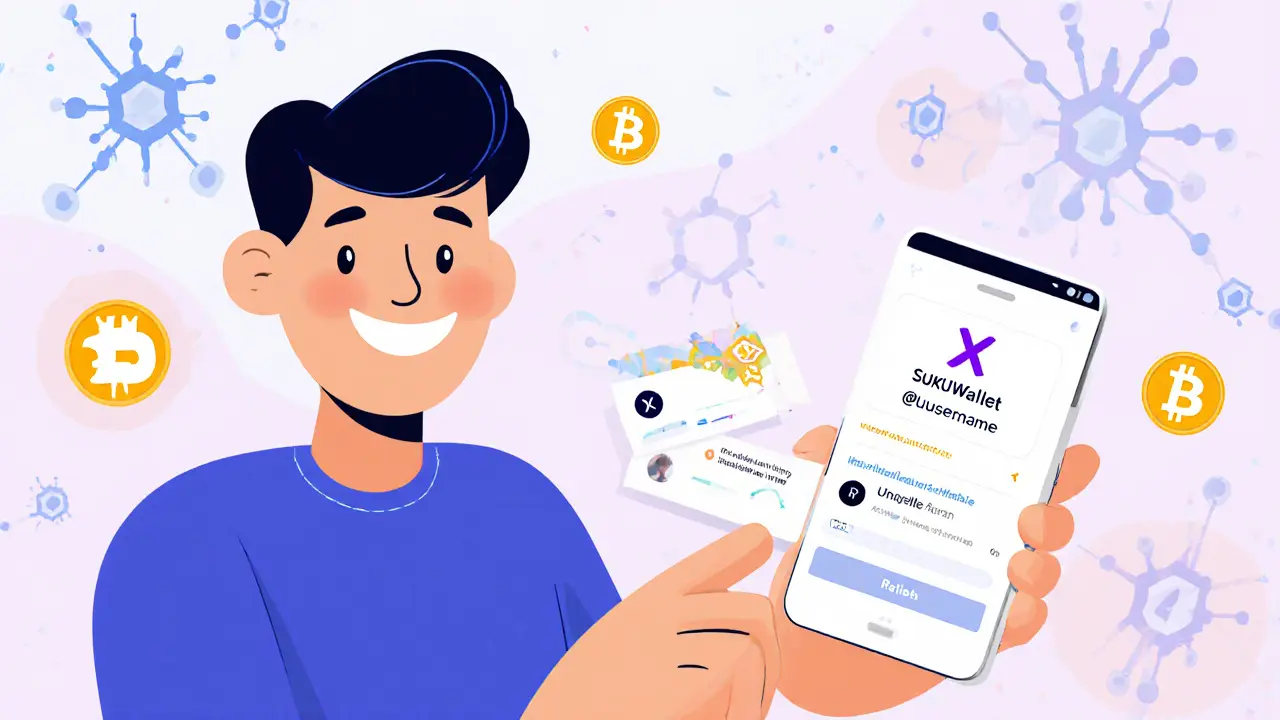Web3 Airdrop: How to Find Real Free Crypto Tokens and Avoid Scams
When you hear Web3 airdrop, a free distribution of cryptocurrency tokens to wallet holders as a marketing tactic or community reward. Also known as crypto airdrop, it’s one of the most talked-about ways to get free crypto without buying anything. But here’s the truth: 9 out of 10 airdrops you see online are fake. Real ones don’t ask for your seed phrase. They don’t send you links to "claim" tokens on sketchy websites. They don’t require you to pay gas fees upfront. If it sounds too easy, it’s probably a trap.
Real crypto airdrop, a token distribution event tied to active participation in a blockchain project happens when a team is building something useful—like a new DeFi protocol, a gaming platform, or a decentralized network—and wants to spread adoption. Projects like Bit Hotel, an NFT-based metaverse game that distributed BTH tokens to early users or Helium Network, a decentralized wireless network that rewarded hotspot operators with HNT tokens ran legitimate airdrops because they had real users and clear utility. These weren’t just marketing stunts—they were incentives to grow a working ecosystem.
Most fake airdrops copy the names of real projects. You’ll see "NORA SnowCrash DAO airdrop" or "HyperGraph HGT token drop"—but if there’s no official website, no Twitter account with verified checkmarks, and no documentation on GitHub, it’s a ghost. Scammers use these names to trick you into connecting your wallet. Once you do, they drain your funds. Even if the airdrop looks real, never click links from Telegram groups or Reddit threads. Always go straight to the project’s official site—double-check the URL. A single typo can cost you everything.
Real airdrops reward activity: holding a specific token, using a dApp, joining a community, or testing a beta. They don’t reward you for signing up with your email or sharing your wallet address on social media. If a project asks you to tweet about it or tag five friends to get tokens, it’s likely a vanity metric scam. The only thing you’ll get is spam.
Some airdrops require you to hold a token for a certain time—like $COMBO or $CORN—before you qualify. That’s normal. But if you’re told to buy a token just to be eligible, that’s a red flag. Real airdrops give you tokens for contributing, not for spending. And if you see an airdrop with a $10 million market cap and zero trading volume? That’s not a project—it’s a honeypot.
Web3 airdrops can be powerful—if you know how to separate the wheat from the chaff. The best ones come from teams that have been transparent for months, have live products, and don’t promise riches overnight. The ones you should avoid? The ones that pop up out of nowhere, have no code, no team photos, and no roadmap. Your wallet is your responsibility. Treat every airdrop like a potential trap—until proven otherwise.
Below, you’ll find real case studies of airdrops that paid out—and the ones that vanished overnight. You’ll learn how to check if a project is legit, what to look for in a token contract, and how to prepare your wallet without risking your assets. No fluff. No hype. Just what works.

